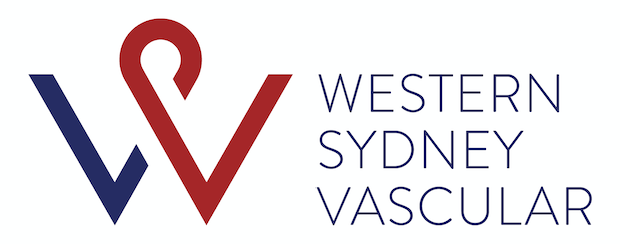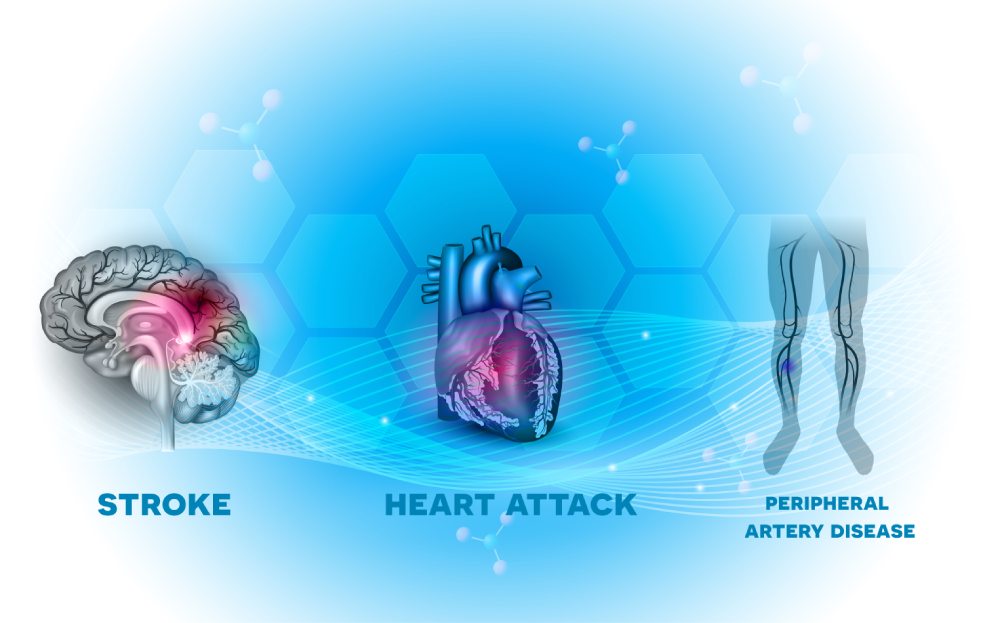Peripheral Arterial Disease (PAD)
What is Peripheral Arterial Disease (PAD)?
Peripheral arterial disease, also known as peripheral vascular disease, atherosclerosis or hardening of the arteries, is a common circulatory disorder that occurs when narrowed arteries reduce blood flow to your limbs.
When you develop PAD, the arteries slowly become narrowed or blocked and plaque gradually forms inside the artery walls.
This leads to the extremities not receiving enough blood (mainly the legs). In turn this may cause intense leg pain whilst walking.
PAD risk factors include age, smoking, obesity, diabetes, history of heart or blood vessel disease, high blood pressure (hypertension) or high cholesterol (hyperlipidemia).
What are the symptoms of Peripheral Arterial Disease (PAD)?
While many people with peripheral artery disease have mild or no symptoms, some people experience leg pain when walking (claudication).
Peripheral arterial disease signs and symptoms include:
- Leg discomfort, pain or cramping of your hips, thighs or calf muscles. This may develop when walking or climbing stairs.
- A burning or aching pain in the feet and toes while resting, especially at night while lying flat
- Coldness in your lower leg or foot
- Redness or change in color of the skin
- Increased occurrence of infection
- Toe and foot wounds that do not heal
- Weak or no pulse in your legs and feet
- Leg numbness or weakness
- Hair loss or slower hair growth on your feet and legs
- Slower growth of your toenails
- Shiny skin on your legs
- Erectile dysfunction in men
What are the treatments for Peripheral Arterial Disease (PAD)?
Medications, interventional procedures and lifestyle changes are the treatments available for PAD.
Lifestyle changes involve quitting smoking, eating a balanced diet that is high in fibre and low in cholesterol, fat and sodium. Losing weight to help you lower your total cholesterol, regular exercise, and managing health conditions, such as high blood pressure, diabetes or high cholesterol are also important.
Interventional procedures are required to treat more advanced PAD cases, such as atherectomy (to remove the blockage), angioplasty (to widen or clear the blocked vessel) or angioplasty with stent placement (to support the cleared vessel and keep it open). Open surgery, endarterectomy (cleaning out artery) or bypass may need to be undertaken if the endovascular option has failed or is not possible. Today that happens infrequently.
Your doctor may recommend medications to treat conditions such as high blood pressure (anti-hypertensive medications) or high cholesterol (statin medications).

